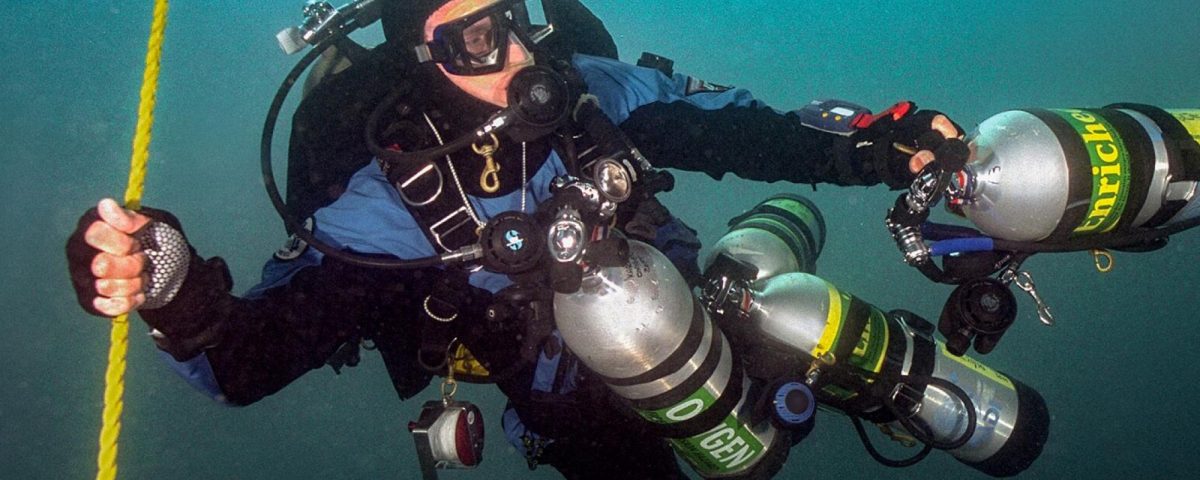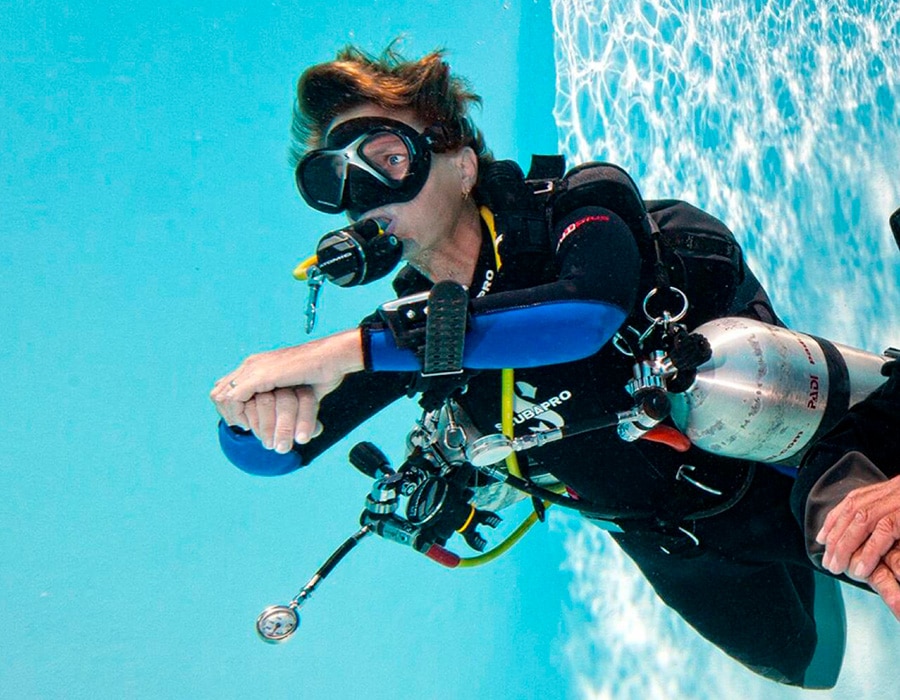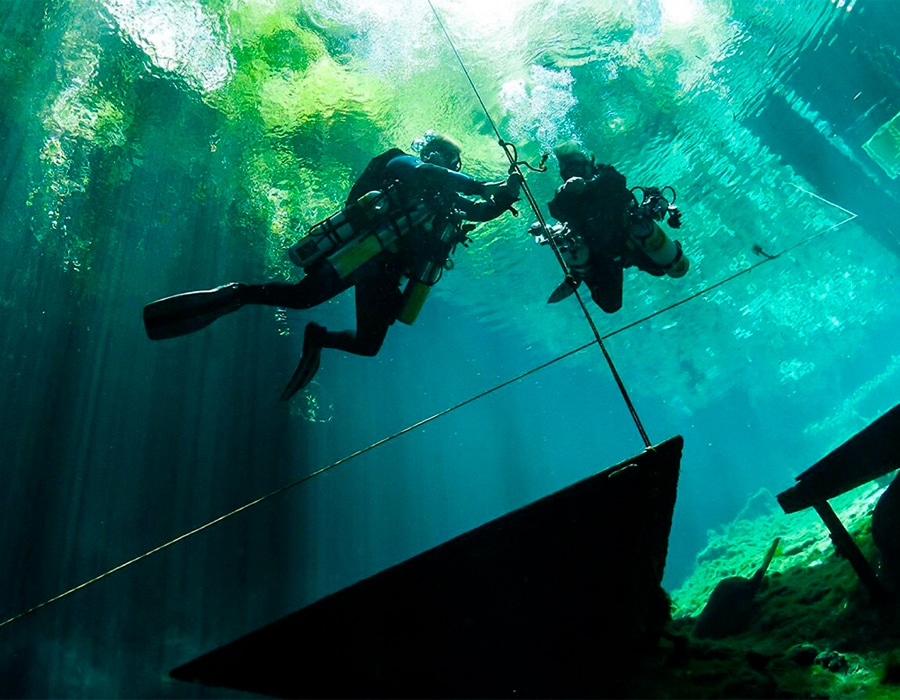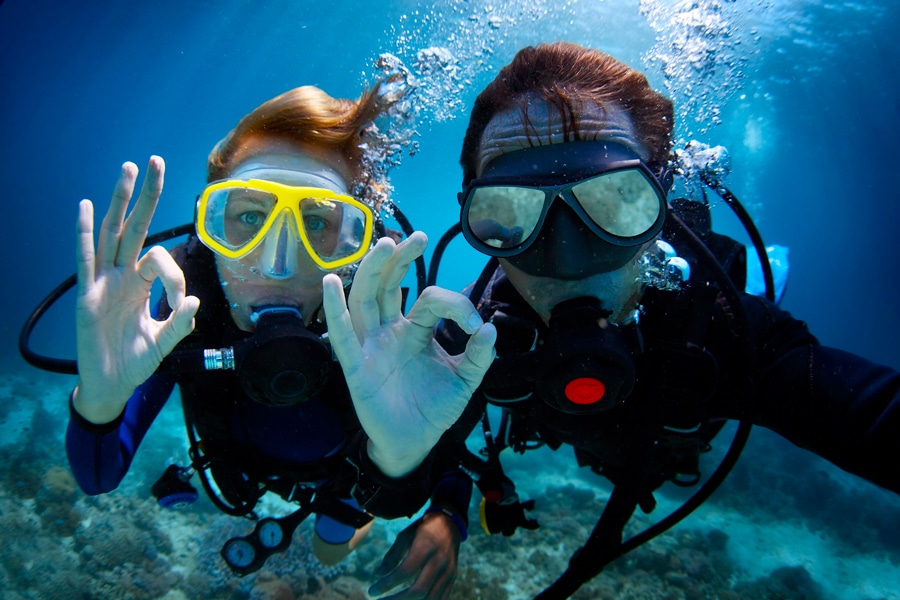What Is A Stage Tank And What Is It Used For?
The image we all have when we think of a diver is with a tank on his back. This is the case in most cases, but with the rise of technical diving, new equipment, techniques and procedures have had to be used to achieve longer dive times and dive deeper.
The first problem a diver faces when wanting to dive longer is the duration of the gas supply. If we dive with an open circuit, normal regulator that is, we take gas from the supply with one breath and we breathe it out into the water, the gas consumption increases proportionally with depth. At 10 meters depth, we have twice the pressure than at sea level and consume twice as much gas with each breath, for example. With this limitation, when divers need more bottom time or go deeper, they need more available gas supply.







